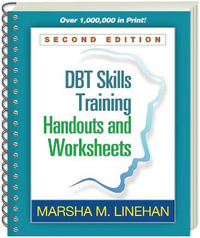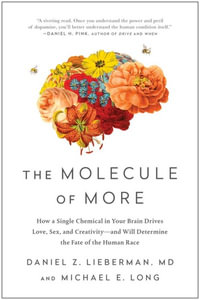| Acknowledgements | p. viii |
| An interdisciplinary view of memory | p. 1 |
| A new approach to viewing memory | p. 3 |
| Zones of convergence between different sciences | p. 15 |
| True and false memories | p. 17 |
| Why other animals lack autobiographical memory | p. 29 |
| Distinctions between the brains of humans and other primates | p. 30 |
| Evolution and the brain: body weight and brain volume as indicators of intellectual maturity and abilities | p. 41 |
| Development of autobiographical memory and the brain | p. 49 |
| Interdependent development of memory and other cognitive and emotional functions | p. 51 |
| Functions of the frontal lobes | p. 51 |
| Motivation and emotions: the limbic system | p. 55 |
| World knowledge and consciousness | p. 56 |
| Urbach-Wiethe disease: the relevance of the amygdala to emotions | p. 57 |
| The hippocampus: an ancient cortex that made the phylogenetic journey from spatial analyzer to temporal analyzer of stimuli | p. 59 |
| What is memory? | p. 60 |
| Sensory systems: the special sense of smell | p. 62 |
| Forms of learning | p. 64 |
| What kinds of memory are there? | p. 66 |
| Which areas of the brain are involved in information processing? | p. 71 |
| The development of the brain | p. 74 |
| Myelinization, synaptogenesis and pruning: mechanisms of functional development in neurons | p. 74 |
| The course of development in the nervous system: phylogenesis and ontogenesis | p. 83 |
| Development and localization of speech | p. 94 |
| Plasticity: environmental influence on neuronal maturation | p. 94 |
| Development of the speech areas in the brain | p. 102 |
| Processes of maturation in the brain: prerequisites for the origin and consolidation of memory | p. 105 |
| Priming versus consciousness: how modifiable are we? | p. 108 |
| Autobiographical memory: a lifelong developmental task | p. 111 |
| Development of learning and memory: the prenatal period and the first months of life | p. 113 |
| Prenatal and transnatal development of memory: earliest forms of learning | p. 113 |
| Brain structures of unconscious learning: basal ganglia and unimodal cortex | p. 116 |
| Memory during the first months of life | p. 118 |
| Brain structures relevant to working memory: dorsolateral prefrontal cortex and associated areas | p. 133 |
| The first quantum leap in memory development: the 9 months' revolution | p. 143 |
| The socialization of emotions | p. 147 |
| Primary and secondary emotions | p. 148 |
| Social interaction and neuronal development | p. 150 |
| Chunking | p. 153 |
| The second quantum leap in memory development: language | p. 161 |
| Acquisition of protolanguage | p. 162 |
| Protoconversation | p. 165 |
| Speech acquisition | p. 167 |
| Memory talk | p. 170 |
| Theory of mind: psychological understanding | p. 175 |
| Brain structures relevant to psychological understanding or the theory of mind: the orbitofrontal cortex and adjacent areas | p. 176 |
| Exploring autobiographical memory in young children | p. 181 |
| Self-recognition | p. 182 |
| Memory of events | p. 182 |
| Locality as a context for events | p. 184 |
| Arranging events chronologically | p. 184 |
| Autobiographical memory: a continuum in transformation | p. 187 |
| The age at which memory appears: results of an interdisciplinary research project on remembering and memory | p. 197 |
| A formative theory of memory development | p. 205 |
| Episodic memory in the definition of Endel Tulving | p. 206 |
| Memory at advanced ages | p. 215 |
| Working memory, executive functions and long-term memory | p. 220 |
| Deficits in other cognitive and emotional functions | p. 225 |
| Autobiographical memory: a biocultural relay between the individual and the environment | p. 231 |
| References | p. 235 |
| Index | p. 275 |
| Table of Contents provided by Ingram. All Rights Reserved. |
























